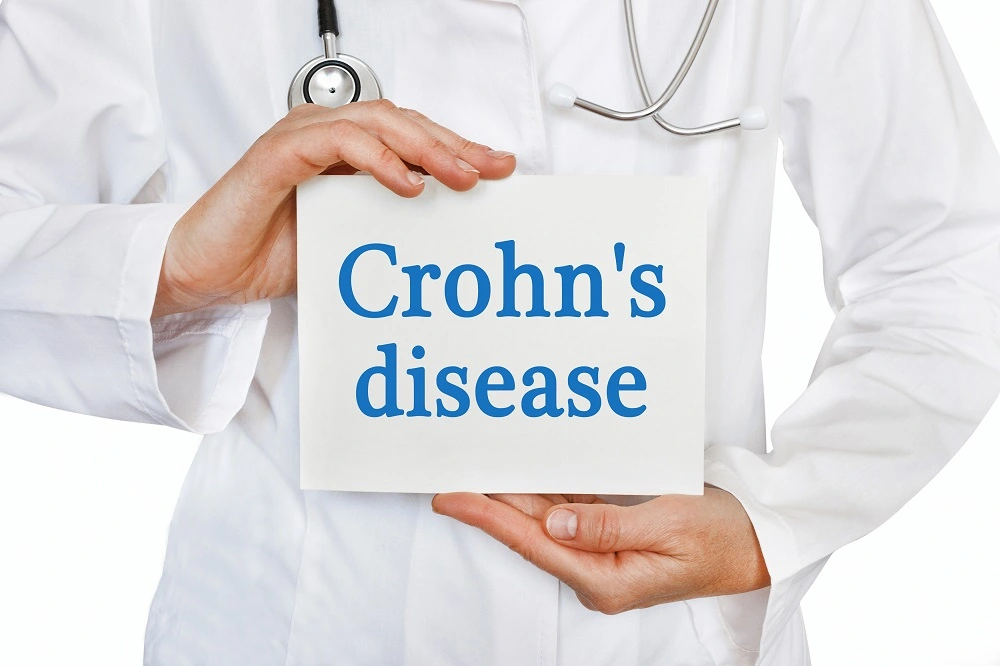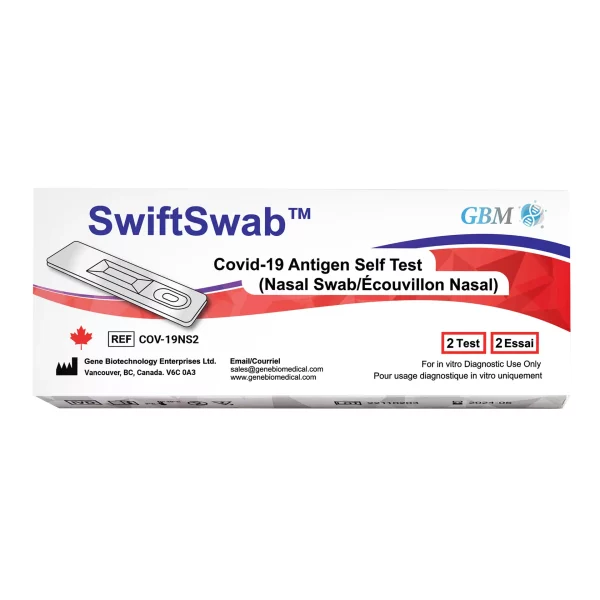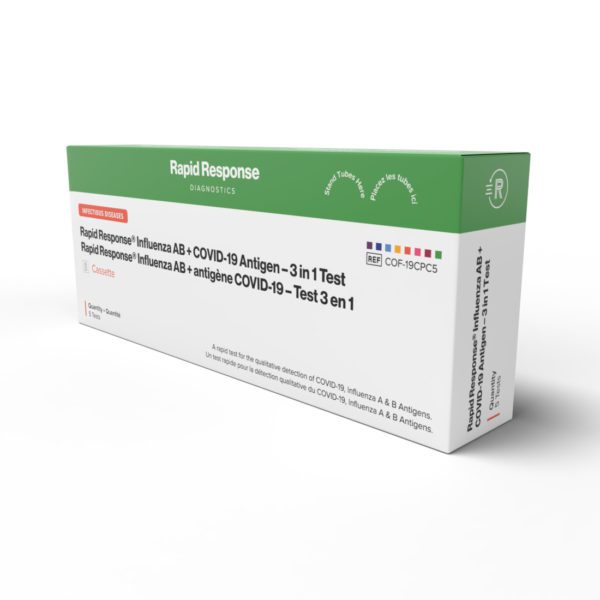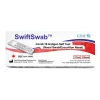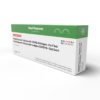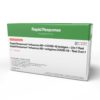Crohn’s Disease, a chronic inflammatory condition, leads to a wide range of symptoms that can severely affect your quality of life.
Here’s all you need to learn about how to diagnose and treat this condition, as well as its types, prevalence, causes, signs and symptoms and risk factors.
What is Crohn’s disease?
Crohn’s disease is a type of inflammatory bowel disease (IBD) that causes inflammation in your gastrointestinal (GI) tract. It can affect any part from the mouth to the anus, although it most commonly affects the end of the small intestine (the ileum) and the beginning of the colon.
Unlike more generalized forms of IBD, Crohn’s can involve different areas of your digestive system in different people. Characterized by inflammation that can spread deep into the layers of affected bowel tissue, Crohn’s can be both painful and debilitating, sometimes leading to life-threatening complications.
Types of Crohn’s disease
- Ileocolitis. This is the most common form of Crohn’s disease, and it affects the ileum and colon.
- Ileitis. In this type, the inflammation is confined to the ileum, and it can cause complications such as fistulas or inflammatory abscesses.
- Gastroduodenal Crohn’s disease. This form affects the stomach and the beginning of the small intestine (the duodenum).
- Jejunoileitis. When you have jejunoileitis, you might feel severe pain after meals. This form features patchy areas of inflammation in the upper half of the small intestine, which is known as the jejunum.
- Crohn’s (Granulomatous) Colitis. This type solely impacts the colon.
How prevalent is Crohn’s disease?
Globally, the prevalence of this condition is on the rise. In the United States alone, it’s estimated that over 780,000 people are living with Crohn’s. This number reflects a growing awareness and improved diagnostic methods but also signals a rising trend in new cases annually.
Both men and women are equally likely to be affected by Crohn’s disease. The disease can strike at any age, though you’re most likely to receive a diagnosis before the age of 30.
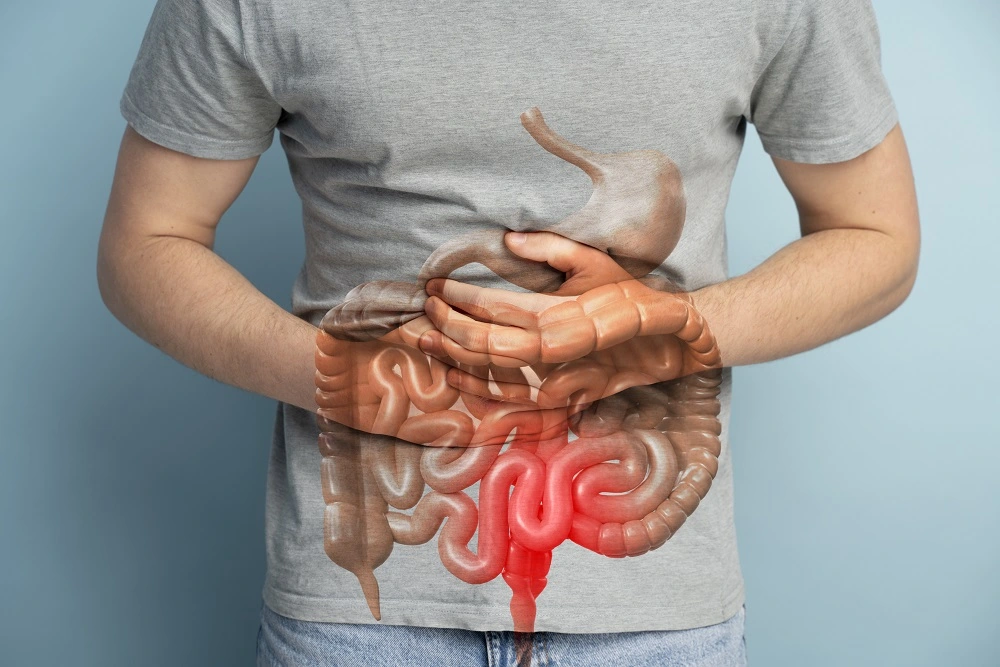
Recognizing the signs and symptoms of Crohn’s disease
Depending on which body part is affected, the symptoms of Crohn’s disease can range from mild to severe and may develop gradually or come on suddenly, without warning. Common symptoms include:
- Persistent diarrhoea
- Abdominal pain and cramping
- Blood in the stool
- Ulcers
- Reduced appetite
- Significant weight loss
- Fever and fatigue
Less commonly, you may also experience these generalized symptoms:
- Skin disorders
- Eye inflammation
- Arthritis
- Liver or bile duct complications
What causes Crohn’s disease?
The exact cause of Crohn’s Disease remains unknown. However, research suggests a combination of factors contribute to its development, including:
- Genetics
- An abnormal immune system response
- Environmental factors
No evidence supports that diet and stress cause Crohn’s Disease, but they can exacerbate the condition.
Identifying Crohn’s disease risk factors
Risk factors for developing Crohn’s Disease include:
- Age: Most people are diagnosed before they’re 30 years old.
- Ethnicity: Whites and people of Eastern European (Ashkenazi) Jewish descent have the highest risk.
- Family history: Having a first-degree relative with the disease increases your risk.
- Geography and lifestyle choices. Living in an urban area or in an industrialized country can increase your risk potentially due to dietary factors or environmental exposure.
- Smoking. Smoking is the most controllable risk factor for developing Crohn’s disease. Not only does it increase your chance of developing Crohn’s but can also exacerbate the severity of the disease for those already diagnosed.
- Nonsteroidal anti-inflammatory medications. These include ibuprofen, naproxen sodium and others. Taking them can increase your risk, as they may irritate your bowel and lead to inflammation.
Diagnosis and tests of Crohn’s disease
Initially, your healthcare provider may discuss your symptoms and medical history with you, followed by a physical exam. Diagnosing Crohn’s Disease involves a combination of these tests and procedures:
- Blood tests for anaemia or signs of infection or inflammation
- Fecal occult blood test (FOBT) to detect hidden blood in your stool
- Endoscopic procedures like colonoscopy and upper endoscopy
- Imaging tests such as CT scans and MRI to see detailed images of the bowel and tissues
Treatment approaches for Crohn’s disease
While there’s no cure for Crohn’s Disease, treatments can greatly reduce its signs and symptoms and even bring about long-term remission.
Treatment options include:
- Medication: Anti-inflammatory drugs, immune system suppressors, antibiotics and biologics are commonly used to reduce inflammation.
- Nutrition therapy: Special diets can help provide relief and replenish nutrients.
- Surgery: Removing damaged portions of the digestive tract can provide relief but does not cure Crohn’s Disease.
- Lifestyle adjustments: Quitting smoking and managing stress
Key takeaway
Living with Crohn’s Disease requires a comprehensive treatment plan tailored to your specific symptoms and severity of the disease. To minimize flare-ups and maintain a good quality of life, collaborate with your healthcare team, including gastroenterologists and nutritionists as they can put together a comprehensive treatment for you. Ongoing research continues to bring hope for new treatments and ultimately, a cure for this challenging condition.
